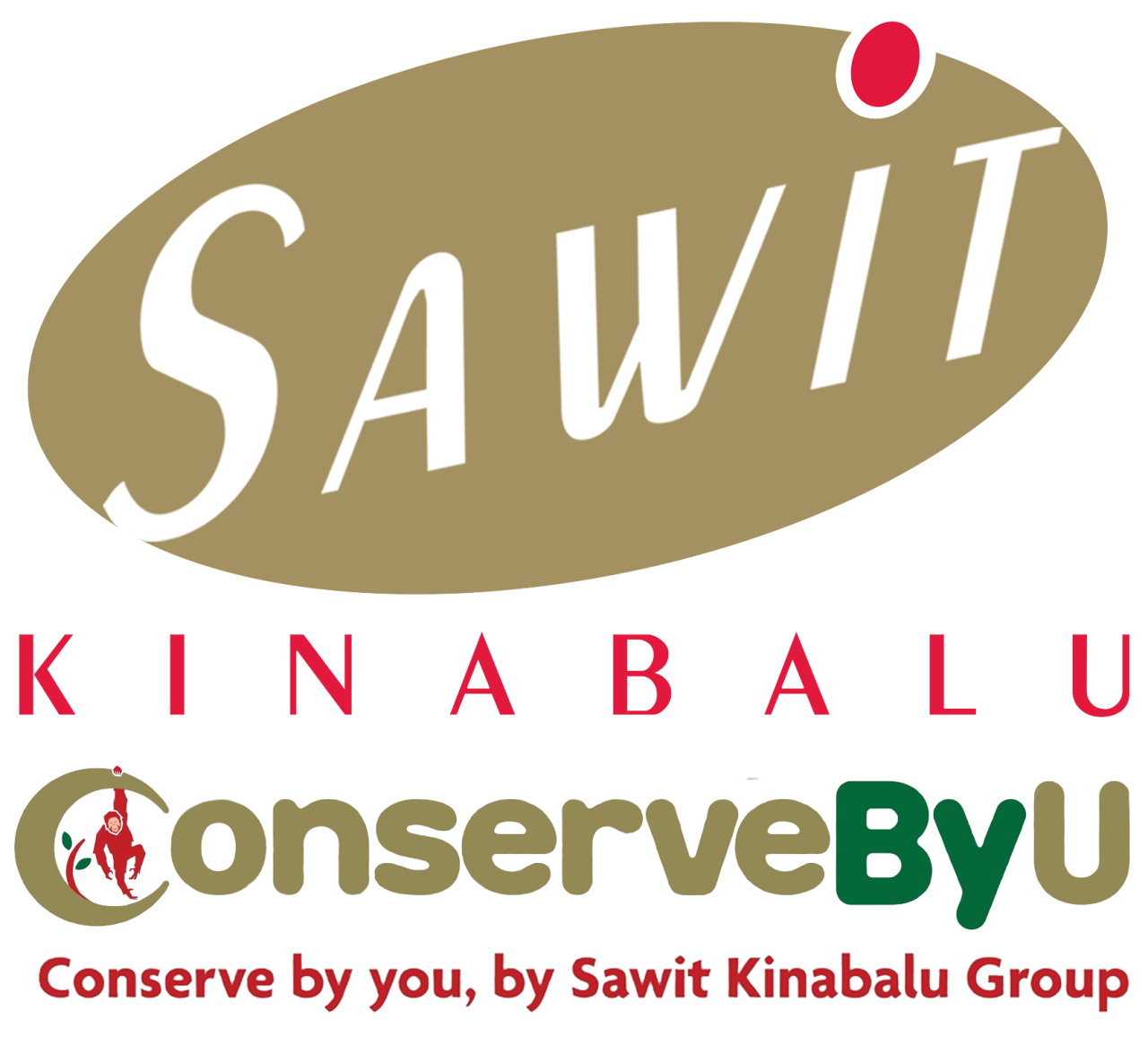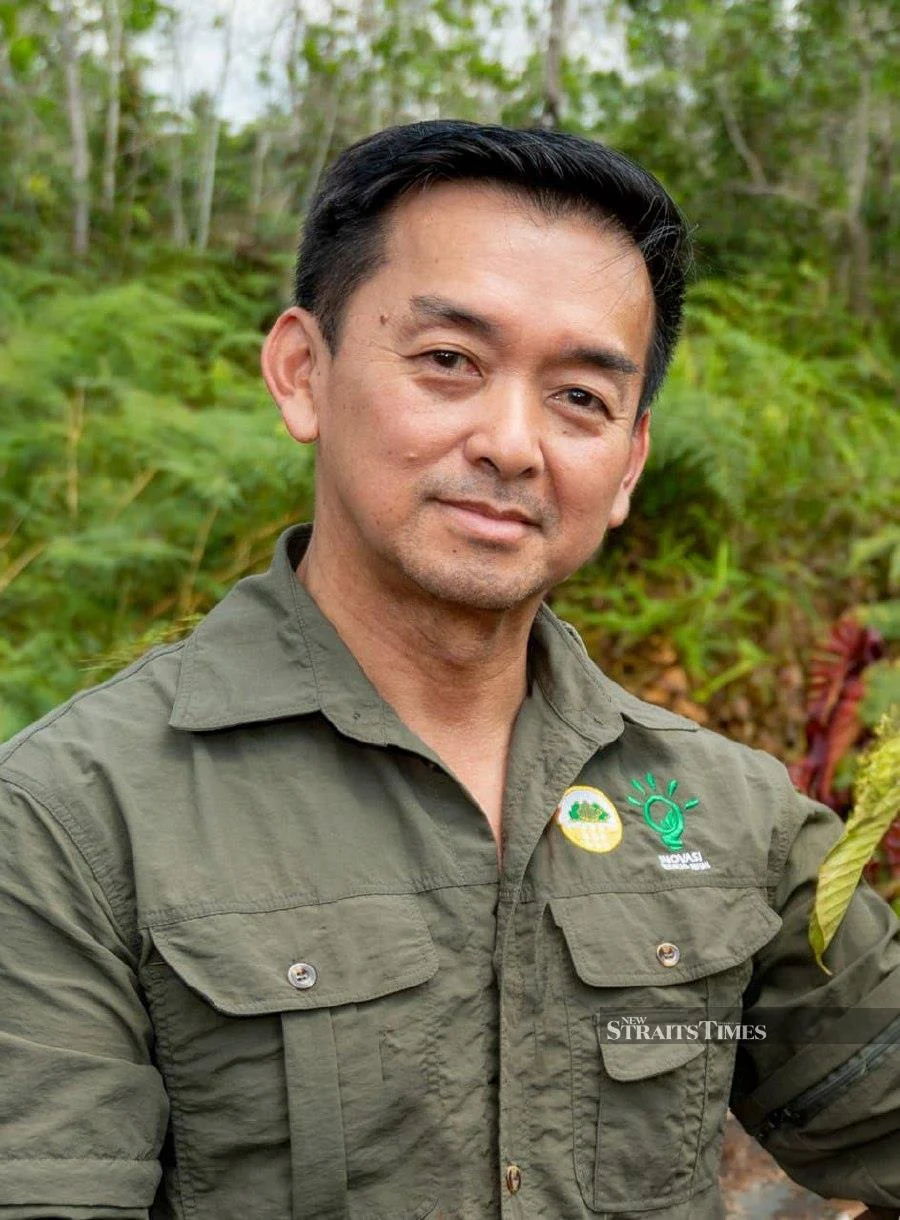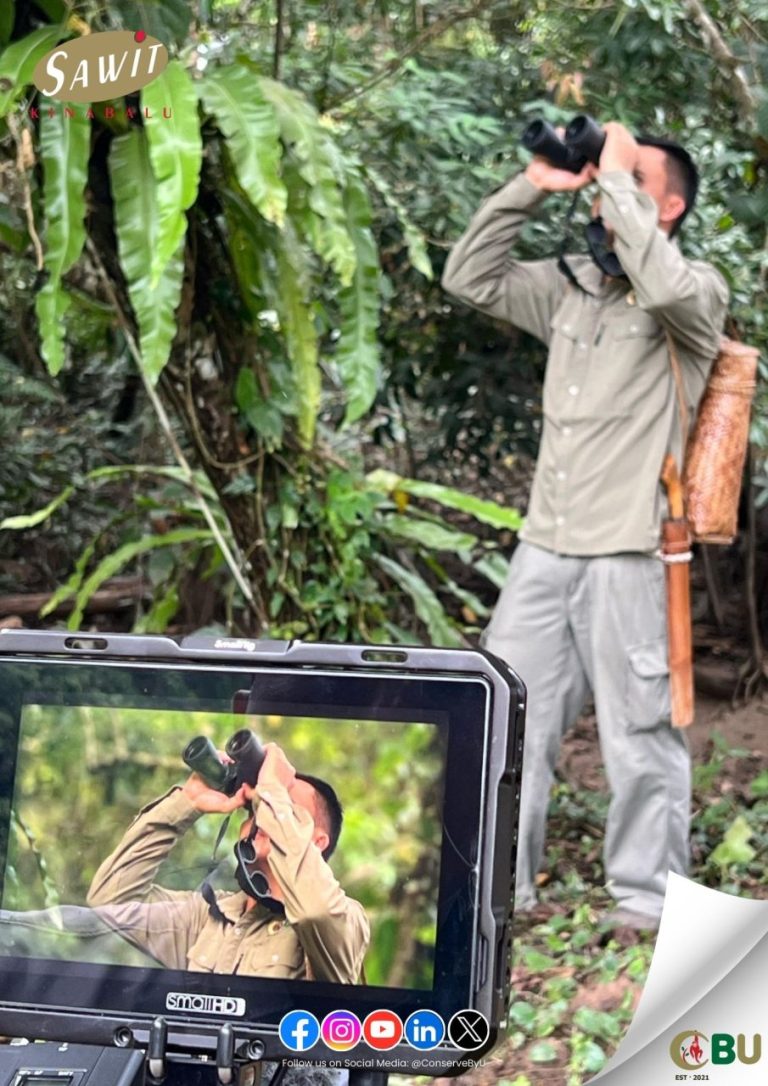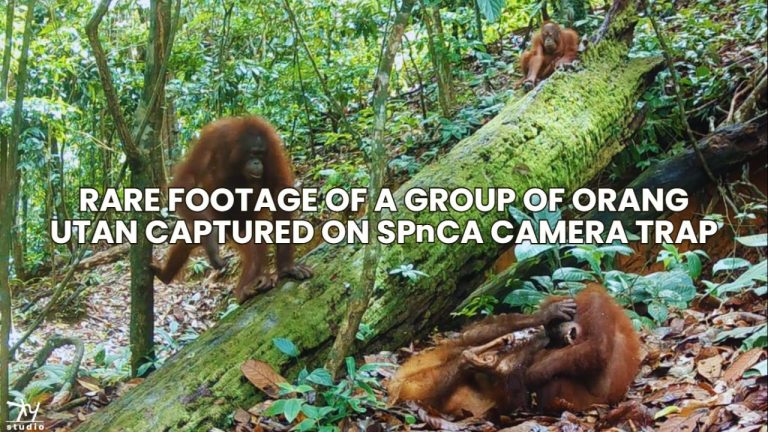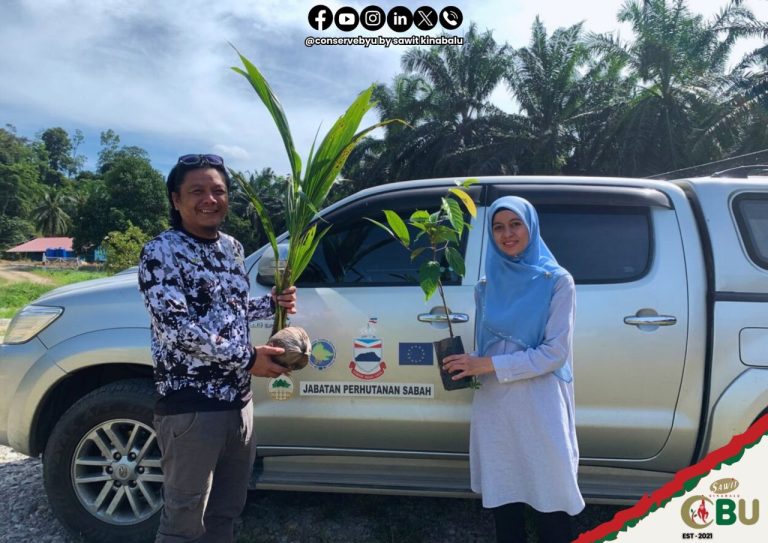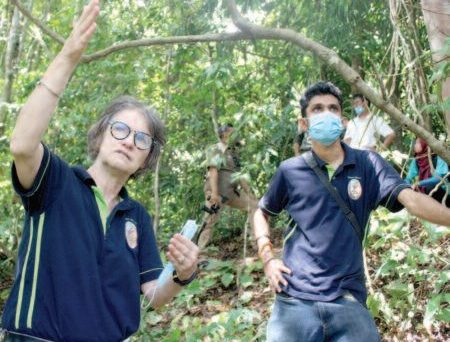By Roy Goh
KOTA KINABALU: Pitcher plants in Sabah are facing increasing threats to their survival, highlighting the urgent need for more conservation and research.
Scientifically known as Nepenthes or the “monkey cup” to the layman, collective and collaborative actions should be a priority for this carnivorous plant.
Sabah Forestry Department’s chief conservator of forests, Datuk Frederick Kugan, who said this, stressed the urgency of conservation efforts for the pitcher plant, a natural heritage of the state.
Out of 160 species of pitcher plants found worldwide, 25 are found in Sabah. Of this, eight are endemic to the state.
“By protecting their habitats, promoting sustainable practices, and supporting scientific research, we can ensure the survival of these botanical wonders for generations to come.
“Collaboration among conservationists, researchers, local communities, and policymakers is key to safeguarding Sabah’s pitcher plants as symbols of the state’s rich biodiversity and ecological heritage,” he said.
Many scientists consider Sabah’s Nepenthes species among the most iconic and well-characterised worldwide, Kugan said.
One such species is the world’s largest pitcher plant, Nepenthes rajah, found only in Mount Kinabalu and its surrounding highlands.
The pitcher, that traps small animals like rats and insects, is capable of storing up to 3.5 litres of liquid.
Seven Nepenthes species in Sabah are also currently listed as threatened on the International Union for Conservation of Nature (IUCN) Red List.
These are mainly montane species such as N. rajah, N. edwardsiana and N. macrophylla, which are restricted to single mountain ranges.
The Nepenthes species also exhibit diverse growth forms as climbing vines, shrubs, or epiphytes that grow on the ground, on rocks, or even attached to trees.
Certain species can grow abundantly, colonising an area and forming a dense ‘carpet’ of pitchers scrambling across the ground or a ‘curtain’ of pitchers hanging from trees, creating an enchanting forest landscape.
The state’s diverse landscapes, ranging from tropical rainforests to montane habitats, provide ideal conditions for these plants.
Research undertaken by the department focuses on biodiversity preservation, understanding threats, and developing conservation strategies, in line with the Sabah Forest Policy 2018.
The Forest Biodiversity and Conservation Programme under the department’s Forest Research Centre in Sepilok, Sandakan has been spearheading plant research.
The programme is headed by researchers John Sugau and Alviana Damit as well as the Sandakan Herbarium’s Dr Joan Pereira.
Kugan said collaboration among conservationists, researchers, local communities, and policymakers is key to safeguarding Sabah’s pitcher plants as symbols of the state’s rich biodiversity and ecological heritage.
“These extraordinary plants are extremely popular and have captivated nature enthusiasts globally due to their unique ‘cup’ structures that ‘eat’ insects and small animals,” he said.
But these plants are facing increasing threats, and the urgency for conservation grows.
“By protecting their habitats, promoting sustainable practices, and supporting scientific research, we can ensure the survival of these botanical wonders for generations to come,” he added.
Follow our Facebook page ConserveByU for our latest updates.
